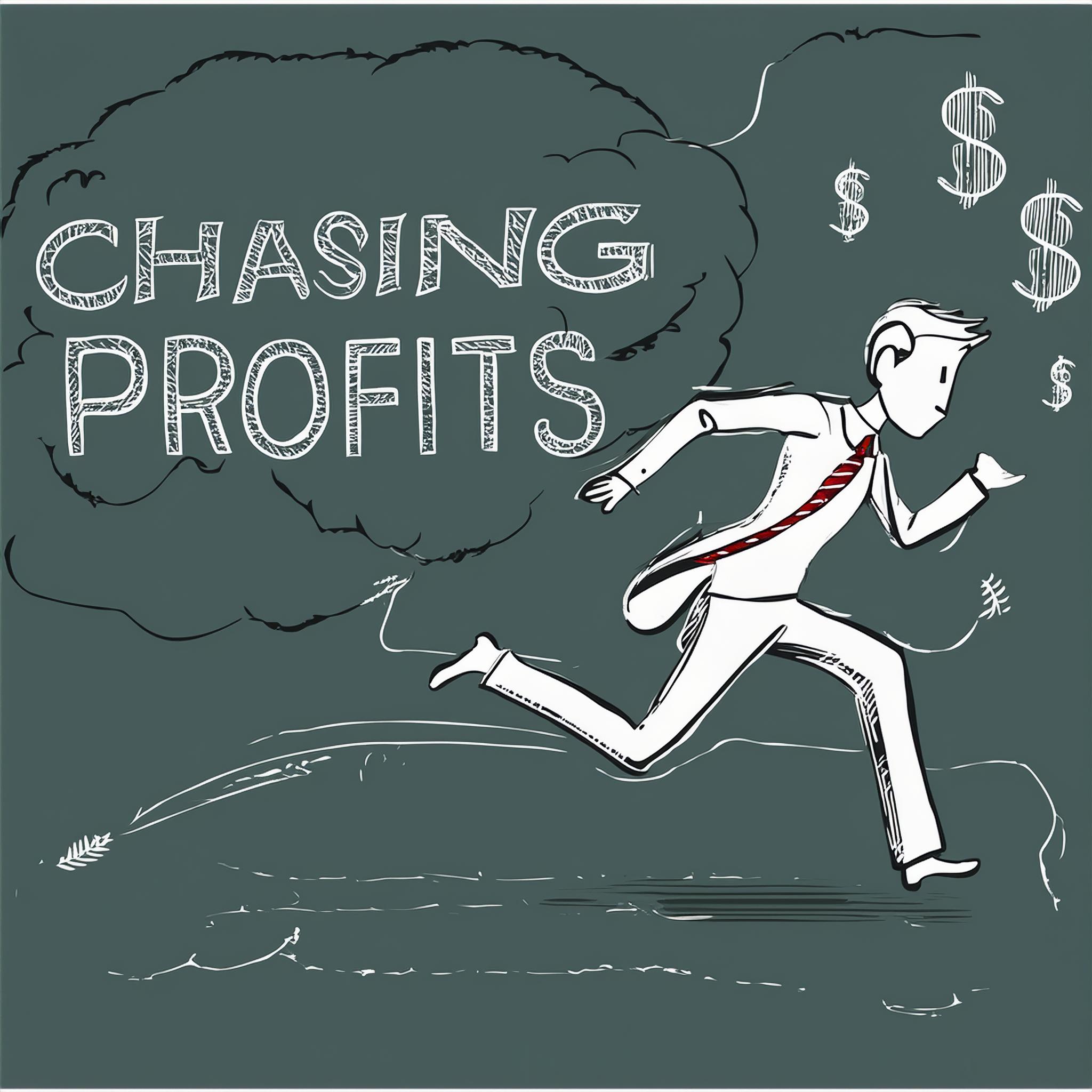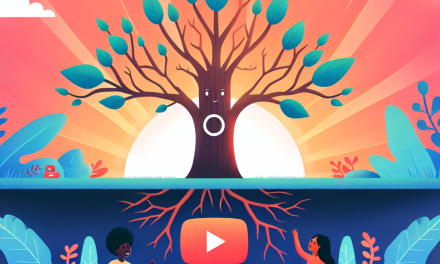The Small Business Marketing Funnel Explained (With Examples)
If you can already record solid video and audio, you have the hardest part handled: creating attention. The funnel helps you turn that attention into consistent revenue without guessing. Think of it as the path from “never heard of you” to “buys again and tells friends.” Below is a practical breakdown tailored to small businesses and solo founders in their late 20s and early 30s—time‑strapped, budget‑aware, and ready to ship.
What a funnel actually is
– Awareness: people discover you.
– Consideration: they believe you might solve a specific problem.
– Conversion: they take a money or micro‑commitment action.
– Retention: they come back and spend again.
– Advocacy: they refer and create social proof.
Map channels to stages
– Awareness: TikTok/Reels/Shorts, YouTube, podcasts, shorts from long‑form, top‑of‑funnel blog posts, PR, collabs.
– Consideration: YouTube deep dives, comparison posts, case studies, live Q&As, webinars, landing pages, lead magnets.
– Conversion: sales pages, limited‑time offers, product demos, checkout/booking flows, testimonials, FAQs, risk reversals.
– Retention: email and SMS sequences, loyalty offers, post‑purchase help videos, community.
– Advocacy: referral programs, UGC prompts, review asks, “feature our customers” content.
Key metrics by stage (pick one or two per stage)
– Awareness: reach, views to 3+ seconds, % of video watched, profile visits.
– Consideration: click‑through rate, lead magnet opt‑ins, time on page, add‑to‑carts, replies to DMs.
– Conversion: checkout/booking conversion rate, cost per acquisition, revenue per session.
– Retention: repeat purchase rate, time to second purchase, churn, LTV.
– Advocacy: review rate, referral rate, UGC volume.
Funnel math you can use this week
Back into targets so your content has a job.
– Example: You want 30 new customers next month.
– Your landing page converts at 3%. You’ll need ~1,000 unique visitors (30 / 0.03).
– Your Reels/Shorts drive clicks at 1.5%. You’ll need ~66,700 views (1,000 / 0.015).
– If your average order value is $60, that’s $1,800 in new revenue. If you spend $10/day on ads for 30 days ($300) plus 10 hours of your time, the ROI picture is clear and adjustable.
Four complete funnel examples
1) Solo fitness coach (service business)
– Awareness content: “3 mobility tests you can do at your desk,” 30‑sec before/after client clips, duet trending form checks. CTA: “Free 7‑day mobility plan—link in bio.”
– Consideration asset: Landing page with a quiz (“What’s your mobility type?”) that delivers a personalized PDF and invites to a 20‑minute consult. Social proof: 3 short client stories with metrics (pain scale, time to first pull‑up).
– Conversion offer: “Starter Month: 4 custom sessions + plan + check‑ins.” Clear calendar booking flow with 2 available times this week, risk reversal (“cancel anytime after week 2”).
– Retention: Weekly training tips email, milestone shout‑outs, monthly mobility challenge.
– Advocacy: “Bring‑a‑friend week” plus a story template clients can post; $25 credit when a referral books.
Key numbers to track: quiz opt‑in rate, consult booking rate, close rate on consults, repeat month rate.
2) DTC candle brand (product e‑commerce)
– Awareness: Aesthetic “pouring” ASMR clips, scent stories tied to moods (“Sunday Reset”), UGC unboxings. CTA: “Find your scent with a 60‑second quiz.”
– Consideration: Comparison page (“Which scent fits your space?”), behind‑the‑scenes sourcing video, “how to burn for 25% longer” guide delivered via email.
– Conversion: Limited bundle (“3‑pack mini discovery set”), free shipping threshold, countdown on seasonal drop.
– Retention: Post‑purchase email with care tips, reorder reminder at predicted burn‑out, loyalty points for reviews.
– Advocacy: Photo contest (“Show your vibe”), referral link for 10% off each.
Key numbers: quiz completion, add‑to‑cart, checkout rate, repeat purchase time window.
3) Local coffee shop (brick‑and‑mortar with online presence)
– Awareness: Reels of latte art battles, “meet the farmer” clips, neighborhood collabs. CTA: “Join text list for secret menu drops.”
– Consideration: Menu highlights with price transparency, short explainer on single‑origin vs blend, Google Business Profile optimization with updated photos.
– Conversion: Text‑only flash deals on slow hours (“2–4 pm BOGO cortado today”), mobile order link, loyalty card.
– Retention: Weekly SMS with one valuable tip or micro‑perk, seasonal mugs for punch‑card completions.
– Advocacy: “Bring your work‑from‑home buddy” cards, review prompt with QR at register.
Key numbers: SMS opt‑in rate, redemption rate, visit frequency, reviews/month.
4) Freelance web designer (B2B/solo)
– Awareness: “60‑second teardown” series of local business sites, “Before/After: above‑the‑fold fix,” LinkedIn carousels on conversion basics. CTA: “Steal my 7‑section homepage wireframe.”
– Consideration: Case study with baseline → result (load time, leads, revenue), 20‑min webinar “Homepage that Sells,” pricing guide with tiers.
– Conversion: Productized offer (“Homepage in 10 days”), booking calendar, deposit with clear scope.
– Retention: Care plan subscription, quarterly CRO review, referral commission for agencies.
– Advocacy: Feature clients in your content, ask for a 2‑sentence testimonial and permission to share analytics.
Key numbers: lead magnet downloads, discovery call booking rate, proposal close rate, care‑plan attach rate.
Lead magnets that convert in 2025
– Short, specific, and fast payoff beats “ultimate guides.”
– Ideas: 7‑day challenge, templates (scripts, checklists, wireframes), calculators (sizing, budget, ROI), quizzes with personalized results, swipe files, sample contracts.
Video ideas by funnel stage (assuming you can shoot and edit)
– Awareness hooks: “If you [target audience] struggle with [specific pain], try this,” “3 mistakes I made spending $300 on [tool],” “POV: you’re [role] and this happens.”
– Consideration depth: side‑by‑side comparisons, live teardown, myth‑busting with data, mini class with a worksheet.
– Conversion nudges: 60‑sec demo walking through checkout/booking, guarantee explained, social proof montage, “who this is for / not for.”
– Retention/advocacy: behind‑the‑scenes fulfillment, customer milestones, “how to get the most from your purchase,” referral walkthrough.
Repurposing workflow from one shoot day
– Record one 8–12 minute anchor video.
– Slice into 6–9 Shorts/Reels with distinct hooks.
– Pull 3 quote graphics and 1 carousel.
– Turn transcript into a blog post and a 4‑email sequence.
– Record a 5‑minute podcast version while your lighting is still up.
– Schedule: Awareness clips on M/W/F, consideration assets on Tues/Thurs, email on Sunday.
Beginner paid ads, safely
– Budget: $10–$20/day total to amplify what already performs organically.
– Targets: warm audiences first (site visitors, video viewers 50%+, email list). Then lookalikes or interest stacks.
– Creative: use your best organic short; add a clear CTA and first‑line hook. Refresh weekly.
– Landing: one focus, one CTA, fast mobile load, social proof above the fold.
– Measure: cost per add‑to‑cart/lead and cost per purchase/booking, not just CPMs.
Email and SMS that actually move the needle
– Core flows to set up in week one:
1) Welcome/lead magnet delivery: 3–4 emails over 7 days (value, case study, offer).
2) Abandon cart/booking: reminder, FAQ/objection handling, small incentive.
3) Post‑purchase/onboarding: usage tips, cross‑sell if appropriate, review ask after a success moment.
– SMS: keep to time‑sensitive value (drops, flash offers, reminders). Always get explicit consent and make opt‑out clear.
Landing page checklist
– Specific headline that mirrors the promise in your ad or video.
– One core offer with one primary CTA.
– 3–5 bullets on outcomes, not features.
– Social proof (logos, short quotes, a quick stat).
– 60‑second demo video or GIF.
– Objection handling (pricing, time, risk) and a clear guarantee.
– Fast load, mobile‑first, no dead ends (nav optional).
Common mistakes that break funnels (and fixes)
– Vague audience: define a single problem and a single ideal customer this page/video solves for.
– No lead capture: always offer a next step (quiz, template, booking).
– Leaking attention: views with no pixel or UTM tracking. Install your pixel, use UTM on every link, and keep people in your ecosystem.
– Creative without offers: attach a CTA appropriate to the stage.
– Expecting one video to do it all: assign each asset to a stage and measure accordingly.
Simple 90‑day plan
– Month 1: Set up measurement (pixel, Google Business Profile if local, UTM conventions), build one high‑converting landing page, create one lead magnet, publish 3 awareness shorts per week and 1 deeper consideration piece, launch welcome and abandon flows.
– Month 2: Add retargeting ads to warm audiences, run one live event (IG Live, webinar, in‑store demo), capture testimonials, test your first bundle or productized service.
– Month 3: Optimize the bottleneck stage (where numbers fall off), launch a referral mechanic, add one new channel only if Month 1–2 are stable.
Hooks and CTAs you can copy
– Hooks: “I spent $47 testing all of these so you don’t have to,” “You’ll save 3 hours a week if you do this,” “The mistake costing most [your audience] $X/month,” “Steal this exact template.”
– CTAs: “Get the 7‑day plan,” “Try the free discovery set,” “Book your 15‑minute fit call,” “Take the 60‑second quiz,” “Join for secret drops.”
How to review performance weekly (30 minutes)
– Top 3 performing awareness clips: note the hook and first 3 seconds. Make two more like each.
– Landing page: sessions, conversion rate, top exit points. Test one change at a time.
– Email/SMS: open rate, click rate, revenue per recipient. Kill or fix the bottom 20%.
– Sales: number of consults/bookings/orders and close rate. Identify the biggest objection; make a new asset to address it.
If you only do three things this month
– Publish 3 short videos per week with a single, trackable CTA to a specific landing page.
– Add a compelling lead magnet and a 4‑email welcome sequence.
– Retarget everyone who engaged with you in the last 30 days with a simple offer.
Final note
Your content skills are your competitive edge. The funnel turns those skills into a system: each piece of content has a stage, a job, and a metric. Start with one offer, one lead magnet, one landing page, and one retargeting audience. Ship, measure, and iterate.





